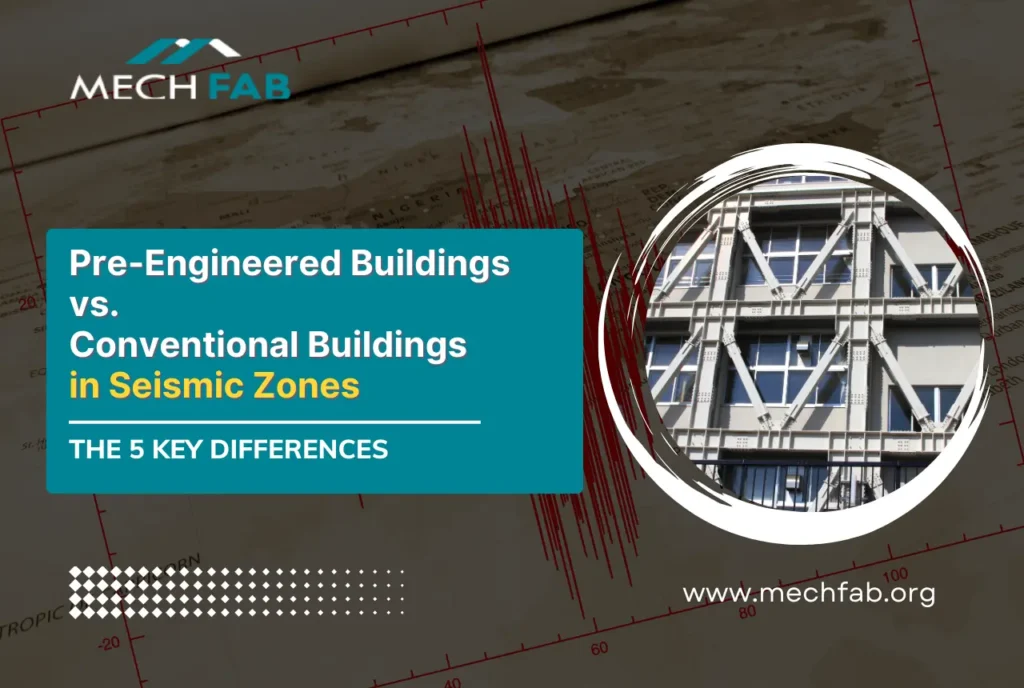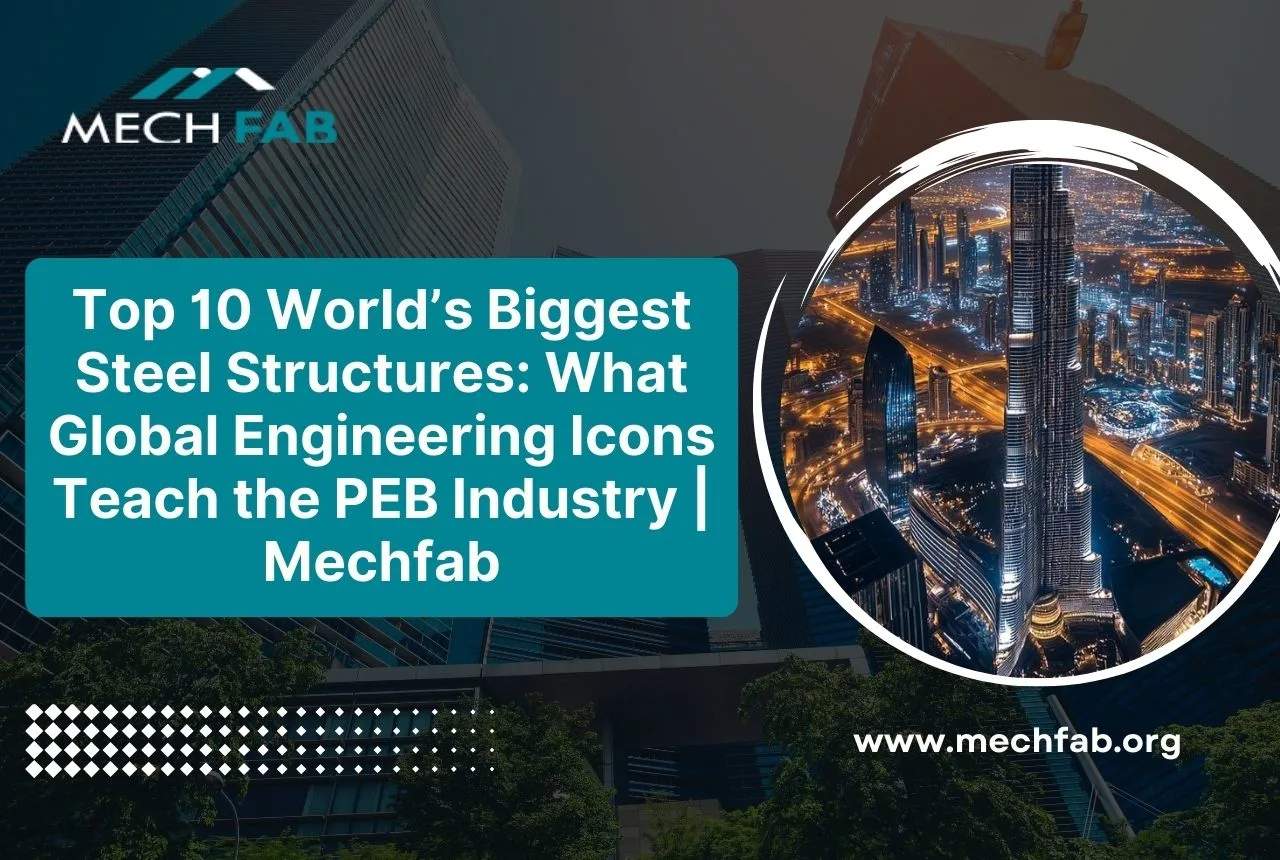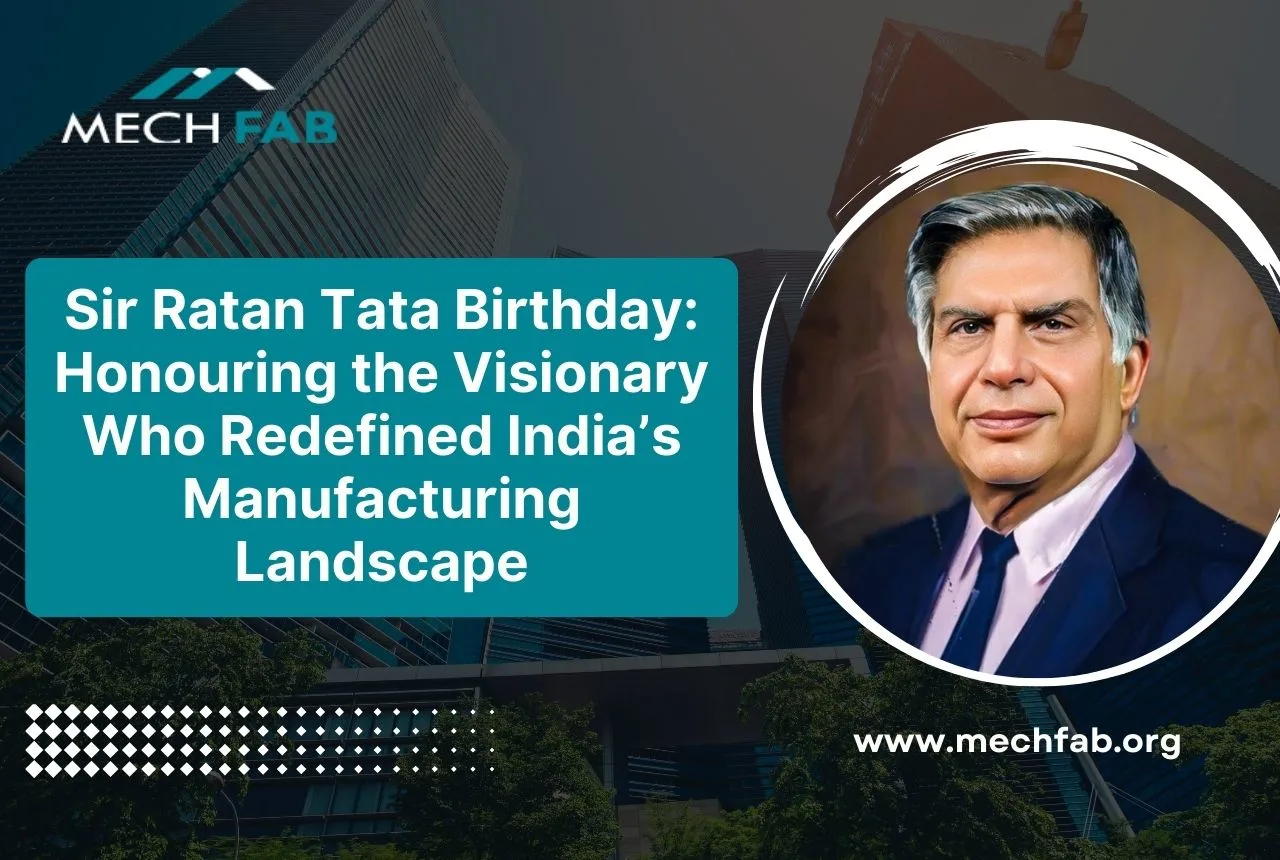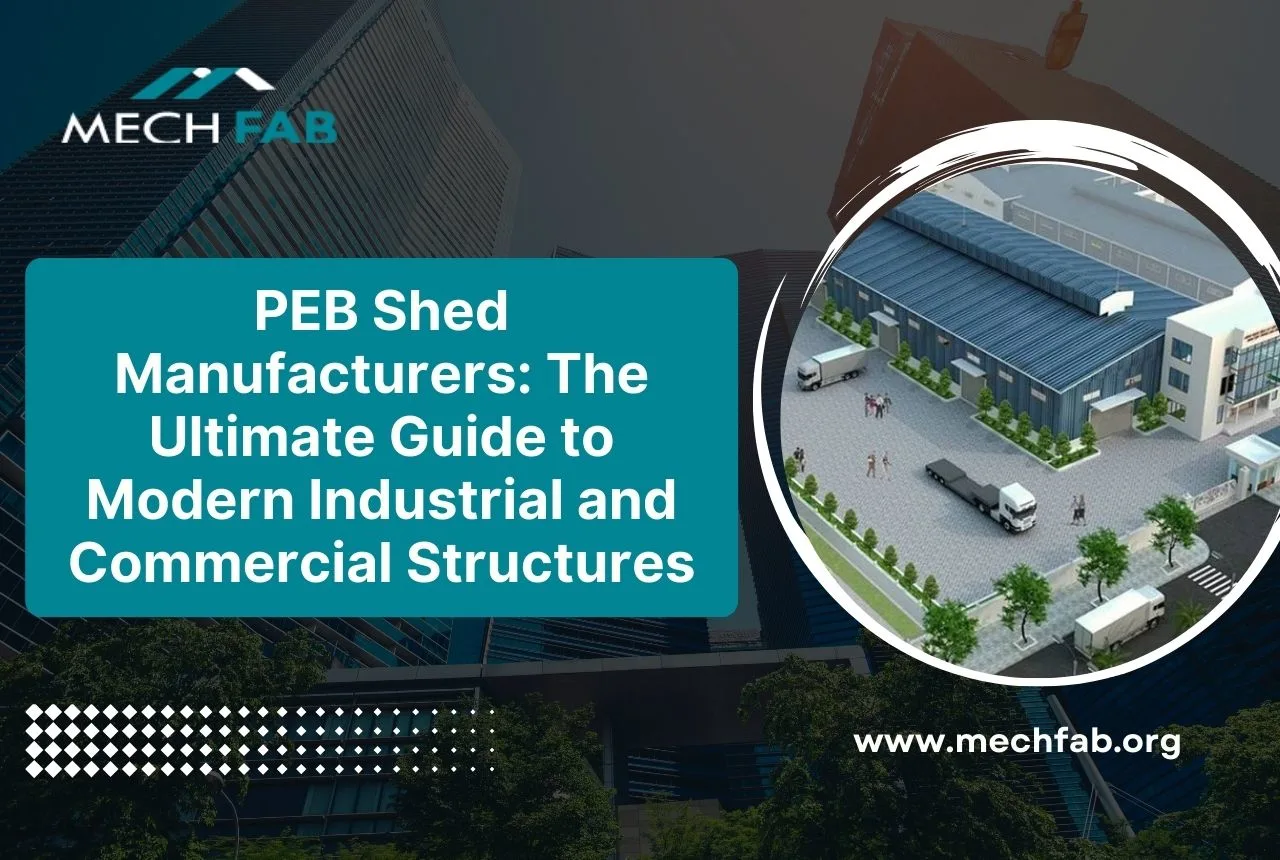Pre-engineered buildings vs conventional buildings in seismic zones is a major safety concern for builders. Earthquakes, a powerful reminder of the Earth’s dynamic nature, pose significant threats to life and property.
In seismic zones, where earthquakes are frequent and intense, building design is crucial. There are two main construction approaches: pre-engineered buildings (PEBs) and conventional buildings. Material choices and methods differentiate these types, though both can be designed to withstand tremors.
This blog post explores five key distinctions between PEBs (specialized by Mechfab) and conventional buildings, helping you understand their strengths and weaknesses in facing seismic activities.
Key Differences between Pre-Engineered Buildings vs. Conventional Buildings in Seismic Zones
| Feature | Pre-Engineered Buildings (PEBs) | Conventional Buildings |
| Material | Primarily Steel (high strength-to-weight ratio) | Steel, Concrete, Masonry, or combinations |
| Design Approach | Standardized components, CAD software, efficient connections | Flexible design, wider material options |
| Seismic Performance | – Lightweight: Reduces inertial forces – Ductile steel: Absorbs energy – Pre-engineered connections: Enhance structural integrity | – Seismic performance varies based on materials (ductility) – May require additional reinforcement for rigidity |
| Construction Process | Faster – Factory-made components – Bolt-together connections – Less labor | Slower – More on-site fabrication (welding, concrete curing) – More labor-intensive |
| Foundation Requirements | Simpler and lighter foundations due to lower building weight | May require deeper, more robust foundations for heavier structures |
| Durability & Sustainability | Durable steel with proper maintenance and coatings – Potential for recycled steel content – Faster construction (lower embodied energy) | Durable with proper maintenance |
1. Material and Design
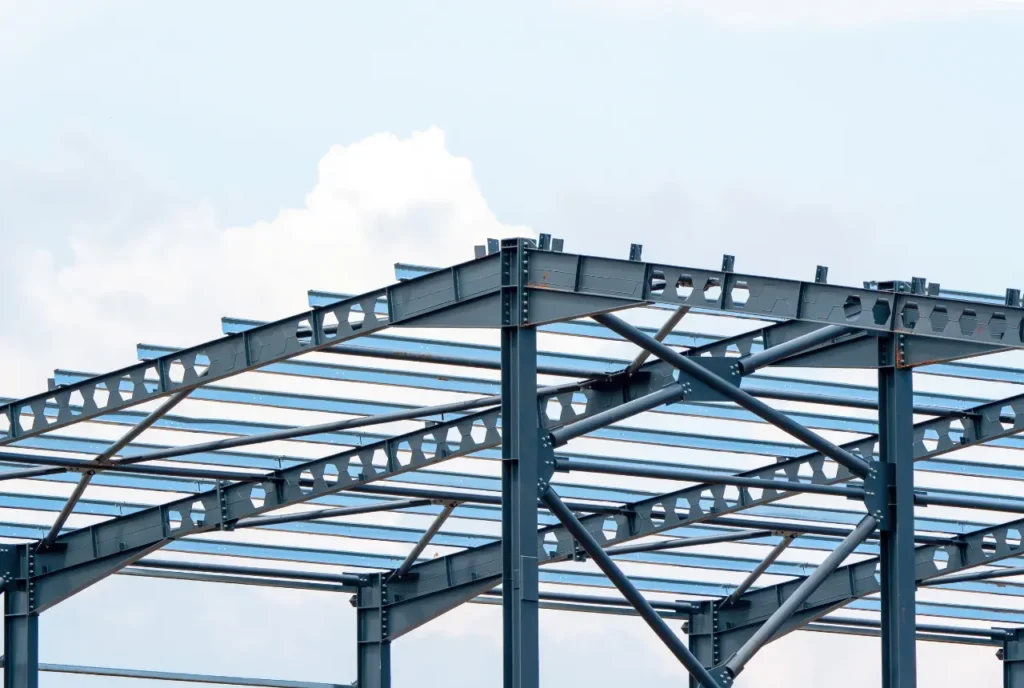
It is a known fact among builders that the foundation of a building’s resistance to earthquakes starts with the materials and the fundamental design approach. To further delve into the blog, here we will discuss a clear distinction between PEBs and conventional buildings.
Pre-engineered buildings are constructed in a manner that they primarily rely on steel as their construction source. The main reason is the strength-to-weight ratio that steel boasts & possesses, which gives it the personality to withstand significant loads while remaining relatively lightweight. This quality is always crucial in seismic zones, as it is known that lighter structures experience lower inertial forces during an earthquake, which reduces the stress possessed on the entire building.
Weight is not the only quality that steel has as a brilliant material, its benefits extend beyond it. Steel is prepared in such a way that it is ductile, which means it can bend and deform without breaking. This type of ductility and strength allows PEBs to absorb the energy of an earthquake tremor rather than other materials that succumb to rigid-brittle failures. In addition, PEBs also utilize pre-engineered connections that are specifically designed and made for strength and ease of assembly during construction. Over that even standardized components and CAD (computer-aided design) software that ensure efficiency and predictability in structural behavior.
Just like limitations apply to everything, even PEBs do not have an escape. The standardized design of PEB structures might not be ideal for highly customized architectural requirements and necessities. As PEBs are known to offer a wide range of configurations, they might not cater to every creative vision for construction.
Conversely, conventional structures provide a higher degree of design adaptability. They can employ a broader variety of materials, such as steel, concrete, masonry, or combinations. This enables the creation of designs that are more complex and personalized. Nevertheless, the seismic performance of these structures may differ based on the selected material. For example, concrete, despite its exceptional strength, is less ductile than steel and may necessitate additional reinforcement to ensure earthquake resistance.
2. Seismic Performance

An earthquake is the best and the truest test for a building constructed in a seismic zone during the tremors. Earthquakes are known to unleash powerful forces that tremor and shake the ground causing horizontal and vertical movements that are destructive. And due to these tremors caused by these movements, create and wreak havoc on buildings, which leads to potential structural failure and collapse.
Pre-engineered buildings (PEBs) are created in a way that they excel in seismic performance due to several key factors. Primarily, the lightweight of steel structures translates to lower inertial forces during the period of an active earthquake. It is based on the physical phenomenon that lighter objects require less force to move, meaning a lighter building always experiences less internal stress when the ground shakes.
Further looking into the details the inherent ductility of steel always plays a vital role, when compared to rigid materials that usually can shatter under pressure, stell is made in a way that it can bend and absorb the energy of an earthquake. When this amplitude of energy is absorbed it helps to dissipate the impact that in the end prevents catastrophic failure.
The last is that PEBs leverage pre-engineered connections that are specifically designed for strength and mostly flexibility. These types of connections ensure that the building acts as a unified structure in totality, that effectively distributes the seismic forces throughout the frame.
Conventional structures can also be constructed to withstand earthquakes; however, their seismic performance may differ based on the materials employed. During an earthquake, buildings that are constructed with brittle or rigid materials, such as unreinforced masonry, are more prone to fracture and collapse. Although materials such as concrete provide strength, they may necessitate additional reinforcement, such as steel beams or shear walls, to improve their seismic resistance and ductility.
It is crucial to bear in mind that consulting a qualified structural engineer is essential, irrespective of the form of building. The engineer is capable of evaluating the selected building materials and design, assessing the specific seismic risks in the region, and ensuring that the building complies with all applicable earthquake safety codes. This guarantees that both conventional buildings and PEBs are constructed to withstand the forces of nature and offer the utmost protection to their inhabitants during an earthquake.
3. Construction Process and Speed

When buildings are made with proper pace and speed it can be an advantage when it comes to seismic zones. Due to the streamlined construction process, pre-engineered buildings (PEBs) always shine the most in comparison to other conventional buildings.
The components of PEBs are factory-made that’s why they always leverage on it. During the process of manufacturing these components, it is always done under controlled conditions, ensuring consistent quality and reducing the need for extensive on-site fabrication. In addition, even the assembly is designed in such a way that it is efficient. There are bolt-together connections that eliminate the need for complex welding procedures, which in conclusion significantly speed up construction. Lastly, it has become a fact of contemporary times that PEBs always require less labor in comparison to the construction of conventional buildings, which in hand always reduces the overall project timelines.
Now that we look into conventional buildings, in contrast, it always involves a more time-consuming process, as large parts of the construction significantly happen on-site, which involves tasks like welding steel beams, forming concrete structures, and waiting for concrete to cure take longer waiting periods for completion. In addition to the already explained issues, all of these activities are also weather-dependent, and unforeseen weather delays can further extend the construction schedule significantly.
The accelerated construction periods that are associated with PEBs result in cost savings. The overall cost of construction is reduced as a result of shortened project durations and reduced labor requirements. Additionally, PEBs can be occupied early, which enables businesses to commence operations or residents to relocate more promptly. This results in accelerated returns on investment.
4. Foundation Requirements
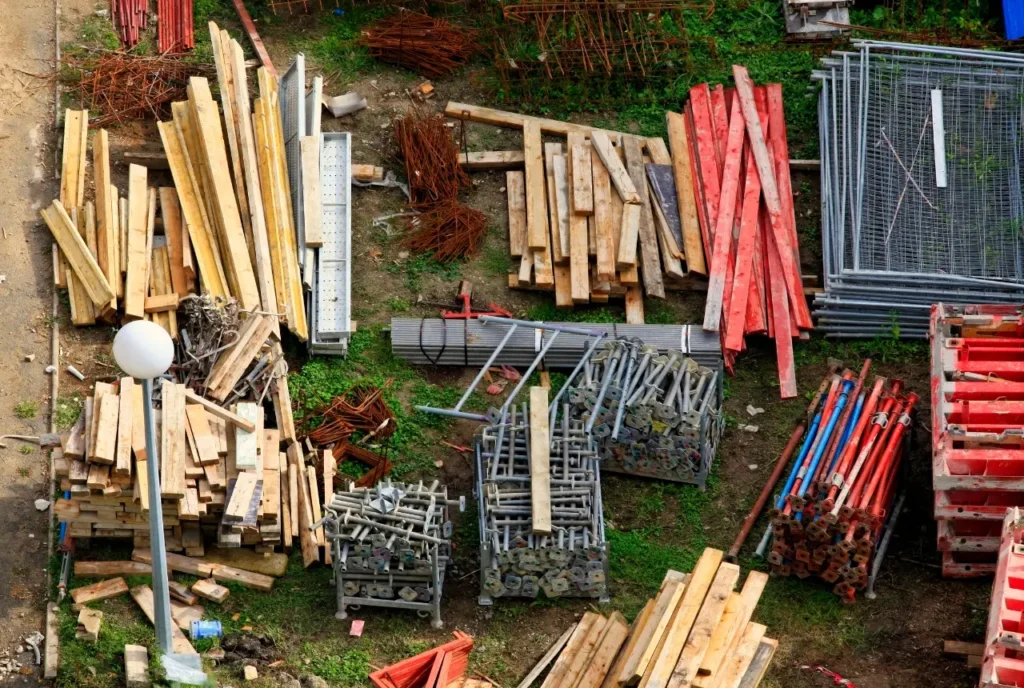
When it comes to the seismic performance of a building, the design of a building’s foundation always plays a critical role. Seismic zones always influence foundation design for both PEBs and conventional buildings, here the weight of the entire structure is known to play a significant role in the quality of the structure & its integrity.
As pre-engineered (PEBs) are inherently lighter, which gives them the benefit over other conventional structures. Due to the lightness of the steel used in PEBs, the entire structure translates to a lower overall building weight. It is for this quality, that PEBs are allowed to utilize simpler & lighter foundation systems in comparison to conventional buildings & structures. In conclusion, these qualities associated lead to cost savings on foundation construction and excavation.
Conversely, conventional structures may necessitate more durable foundations, particularly those built with weighty materials such as concrete. These structures may require deeper foundations or additional reinforcement elements to guarantee stability during an earthquake. This may result in elevated excavation and engineering expenses.
5. Long-term durability and Sustainability
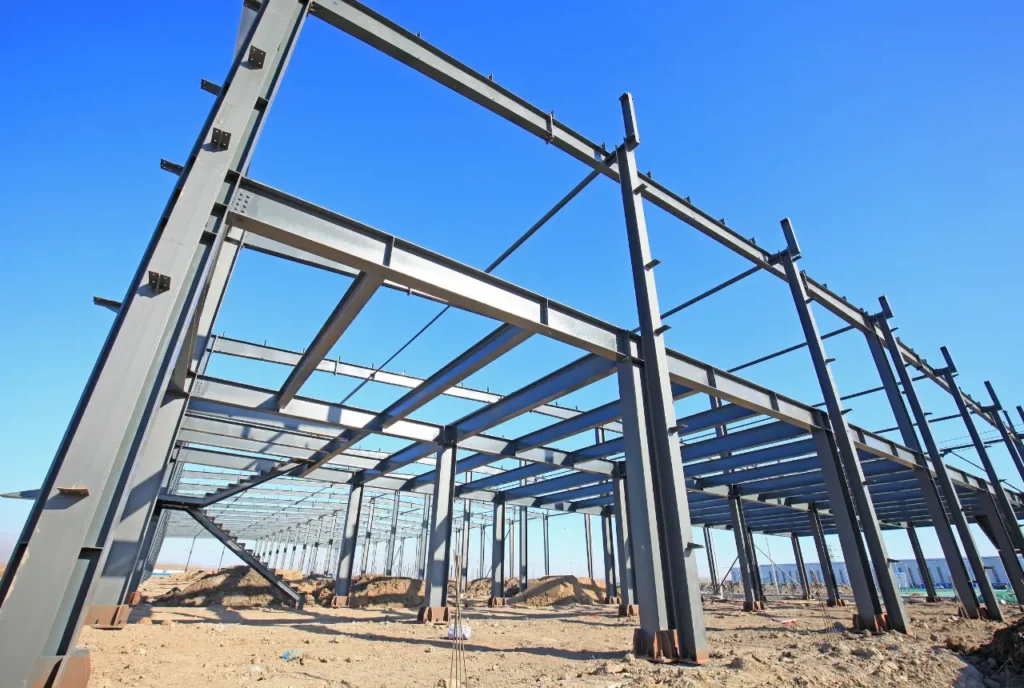
Pre-engineered buildings (PEBs), when properly maintained, boast excellent long-term durability. Steel is a naturally strong material, and with proper coatings, it can resist corrosion for decades. Additionally, PEBs contribute to sustainability in a few ways. The steel used in their construction often has recycled content, reducing the environmental impact. Furthermore, the faster construction times associated with PEBs translate to lower embodied energy, the energy used to extract, process, transport, and assemble building materials.
It’s important to acknowledge that well-maintained conventional buildings can also offer excellent long-term durability. However, PEBs offer a compelling combination of speed, efficiency, and sustainability that makes them a strong choice for construction in seismic zones.
Conclusion
Understanding the differences between pre-engineered buildings (PEBs) and conventional buildings in seismic zones is crucial. PEBs offer superior earthquake resistance due to their lightweight steel structure and ductile properties.
They also benefit from faster construction times and cost savings. However, conventional buildings provide greater design flexibility for specific architectural needs.
The choice depends on project goals, budget, and seismic risks. Consulting a structural engineer is essential to ensure safety and compliance with seismic codes, ensuring the building’s functionality and resilience in earthquakes.

